Ash Lumber
- August 3, 2023
- 0 comment
Ash lumber, a highly sought-after hardwood, has earned its reputation as a top choice for woodworkers and furniture makers alike. Renowned for its exceptional strength and flexibility, Ash boasts an impressive combination of physical properties that make it stand out among other woods. Its versatility is unmatched, allowing craftsmen to create a wide range of products, from delicate carvings to robust furniture and even sports equipment like baseball bats and hockey sticks.
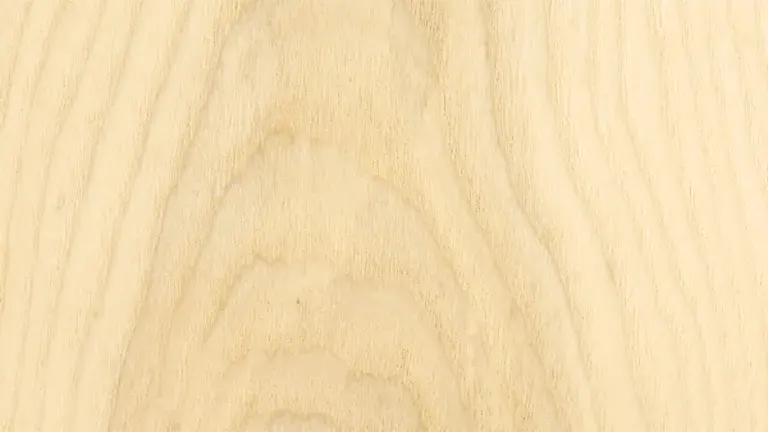
The wood’s alluring appearance is another key factor driving its popularity, with its pale yellow to light-brown heartwood, often adorned with striking grain patterns like cathedral grain or curly figure. As a result, finished Ash projects exude a timeless and classic elegance that enhances any space, making it a top choice for interior applications.
Beyond its aesthetic appeal, Ash’s superior workability sets it apart from many other hardwoods. Woodworkers cherish its cooperative nature with both hand and machine tools, facilitating effortless cutting, shaping, and finishing. This exceptional workability not only enhances the efficiency of woodworking projects but also allows artisans to unleash their creativity with ease. Moreover, Ash’s ability to take stains and finishes exceptionally well provides endless opportunities for customizing the wood’s color and sheen to suit specific design preferences.
| Property | Description |
|---|---|
| Common Name(s) | Ash, White Ash, Black Ash, Green Ash |
| Scientific Name | Fraxinus spp. |
| Distribution | North America, Europe, and parts of Asia |
| Tree Size | Medium to large-sized, typically 70-120 feet tall |
| Average Dried Weight | Approximately 41 lbs/ft³ (varies with species) |
| Specific Gravity | 0.60 to 0.67 (varies with species) |
| Janka Hardness | 1,320 lbf (5,870 N) – Varies with species |
| Modulus of Rupture | 14,500 to 17,800 psi (99.9 to 122.7 MPa) |
| Elastic Modulus | 1,600,000 to 2,100,000 psi (11.03 to 14.48 GPa) |
| Crushing Strength | 7,410 to 9,270 psi (51.1 to 63.9 MPa) |
| Shrinkage | Moderately high, around 6-7% tangential |
Characteristics
Color/Appearance
The heartwood of ash lumber varies from pale yellow to light brown, while the sapwood is nearly white. It has a distinguishable cream to light-brown coloration and often features darker streaks. The wood darkens slightly with age, enhancing its visual appeal.
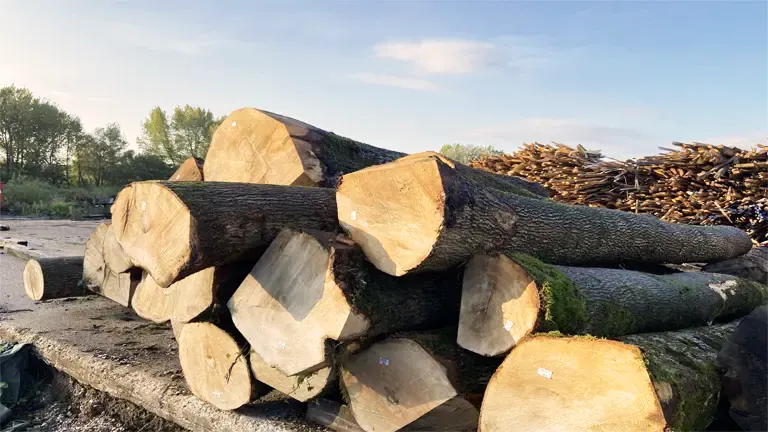
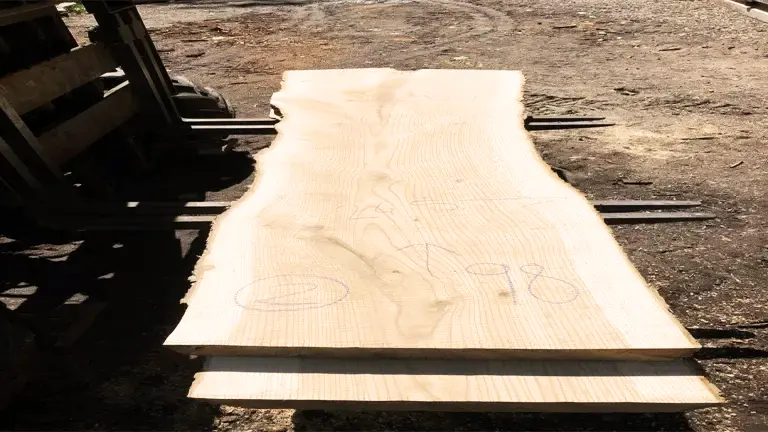
Grain/Texture
Ash typically has a straight and even grain, but it can also display interesting patterns, such as cathedral grain or curly figure. The texture is medium to coarse, offering a pleasant feel when finished smoothly.
Rot Resistance
Ash lumber exhibits moderate resistance to decay, but it is not as naturally resistant to rot as some other hardwoods. Proper sealing and finishing are recommended for exterior applications to enhance its longevity.
Workability
One of the most significant advantages of ash is its excellent workability. It cuts, planes, and shapes well with both hand and machine tools, making it a favorite among woodworkers. It also responds well to staining and finishing, allowing for various customization options.
Odor
Ash wood usually has no distinctive odor when being worked on, making it more appealing for indoor applications where odor might be an issue.
Allergies/Toxicity
While there are no known specific allergic reactions to ash wood, some individuals may experience respiratory irritation while working with any type of wood dust. It is always advisable to use proper safety equipment when handling wood.
Pricing/Availability
Ash lumber is generally available at a moderate price and can be found in a wide range of thicknesses and dimensions. Availability might vary depending on the region and demand.
Sustainability
Ash species face some threats from pests and diseases, such as the emerald ash borer, which has caused significant damage in North America. However, sustainable forestry practices and responsible sourcing can contribute to the long-term viability of ash as a natural resource.
Common Uses
Ash lumber is commonly used for a variety of applications, including furniture, cabinetry, flooring, millwork, sports equipment (such as baseball bats and hockey sticks), and tool handles. Its strength and resilience make it particularly well-suited for these purposes.


There are several different kinds of Ash lumber, each coming from different species within the Fraxinus genus. Some of the most notable types of Ash lumber include:
- White Ash (Fraxinus americana): White Ash is one of the most prevalent and commercially important species of Ash. It is valued for its pale to light brown heartwood, which often features beautiful grain patterns like cathedral grain. White Ash is known for its excellent strength, flexibility, and workability, making it a popular choice for various woodworking projects and sporting goods.
- Green Ash (Fraxinus pennsylvanica): Green Ash shares many similarities with White Ash in terms of appearance and properties. Its heartwood color ranges from pale yellow to light brown, and it has a similar straight grain. Green Ash is commonly used for furniture, flooring, and tool handles.
- Black Ash (Fraxinus nigra): Black Ash stands out for its darker heartwood, which can range from light to medium brown. It is known for its distinctive appearance and excellent basket-making qualities. Black Ash is used in various traditional crafts due to its flexibility and ability to be split into thin, uniform strips.
- Blue Ash (Fraxinus quadrangulata): Blue Ash is a relatively rare species with a unique characteristic – the bark of the mature trees has a distinct blue-gray coloration, giving it its name. It is used for similar purposes as other Ash species, but due to its scarcity, it is less commonly available in the market.
- Oregon Ash (Fraxinus latifolia): Also known as Pacific Ash, Oregon Ash is found in the western parts of North America. It shares many properties with other Ash species and is used for various woodworking applications, including furniture, cabinetry, and interior millwork.
- European Ash (Fraxinus excelsior): European Ash is native to Europe and is prized for its light-colored, attractive heartwood. It has been historically used for fine furniture, flooring, and sporting goods.
- Manitoba Ash (Fraxinus profunda): Manitoba Ash, also known as Pumpkin Ash or Red Ash, is found in parts of North America. It shares similar characteristics with other Ash species and is used for various woodworking purposes.
Frequently Asked Questions
- Is Ash wood suitable for outdoor projects?
While Ash exhibits some resistance to decay, it is not the best choice for prolonged outdoor exposure. Proper sealing and finishing are recommended for better performance. - Can Ash be stained or finished easily?
Yes, Ash takes stains and finishes well, allowing for various customization options to achieve the desired color and appearance. - Is Ash an environmentally-friendly choice?
Sustainable forestry practices can ensure the long-term sustainability of Ash as a natural resource. However, it is essential to source wood from responsible suppliers to support conservation efforts. - What other wood species is Ash similar to?
White Oak and Hickory are often compared to Ash due to their similar strength and workability characteristics. - Can Ash be used for turning projects?
Yes, Ash is a popular wood for turning and carving projects due to its excellent workability and appealing grain patterns.
We’re excited to receive your feedback! Feel free to share your firsthand experiences and opinions regarding the Ash Lumber products in the space provided below. Your valuable insights have the potential to assist others in making well-informed choices when considering Ash Lumber for their projects!


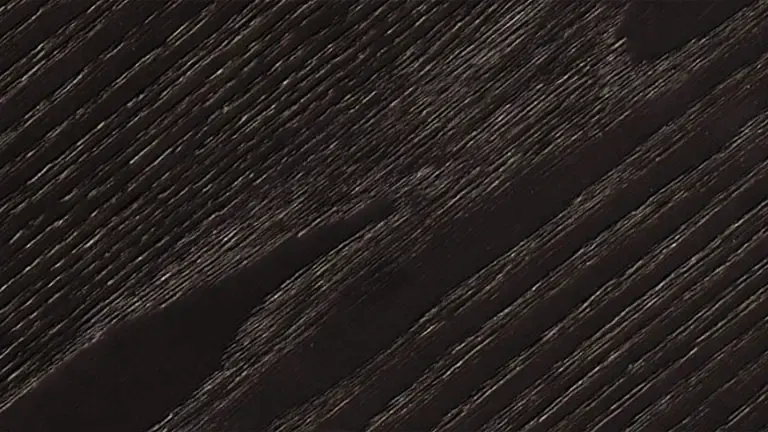

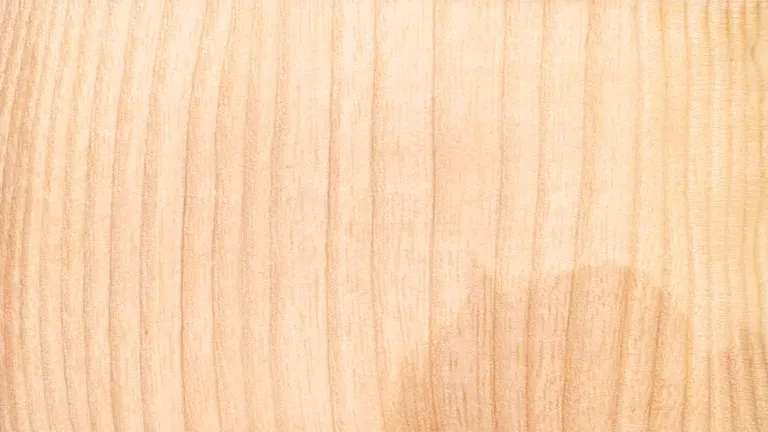
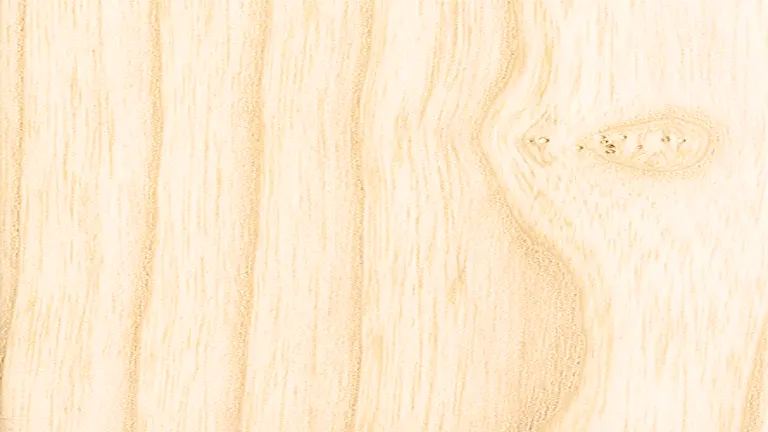

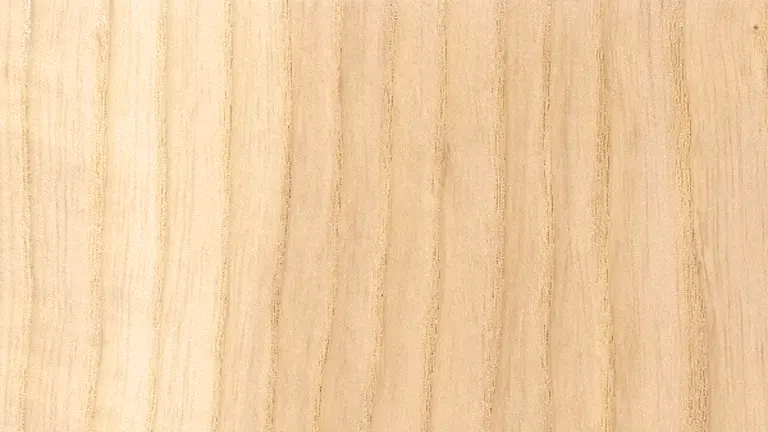

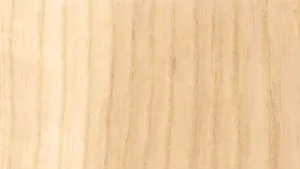






Leave your comment